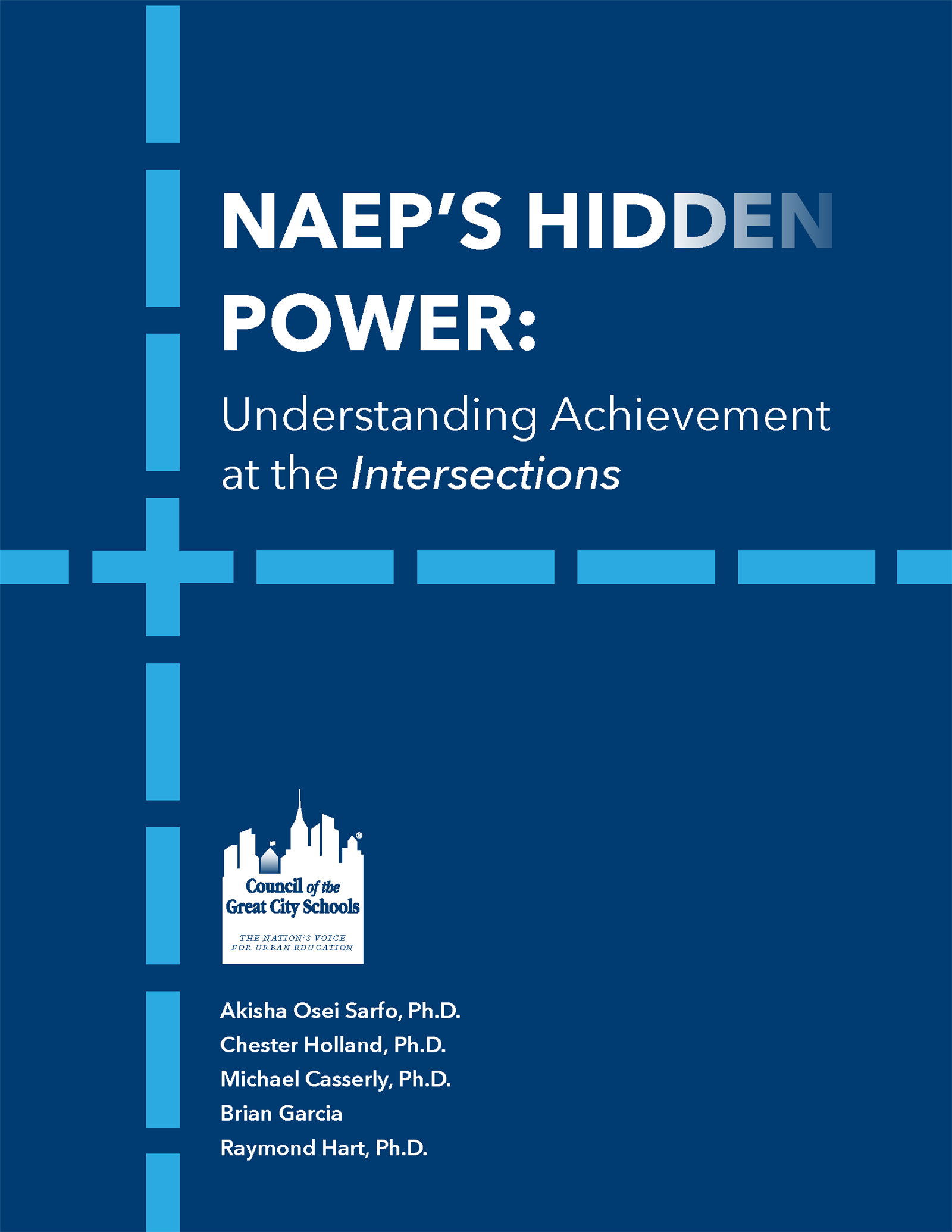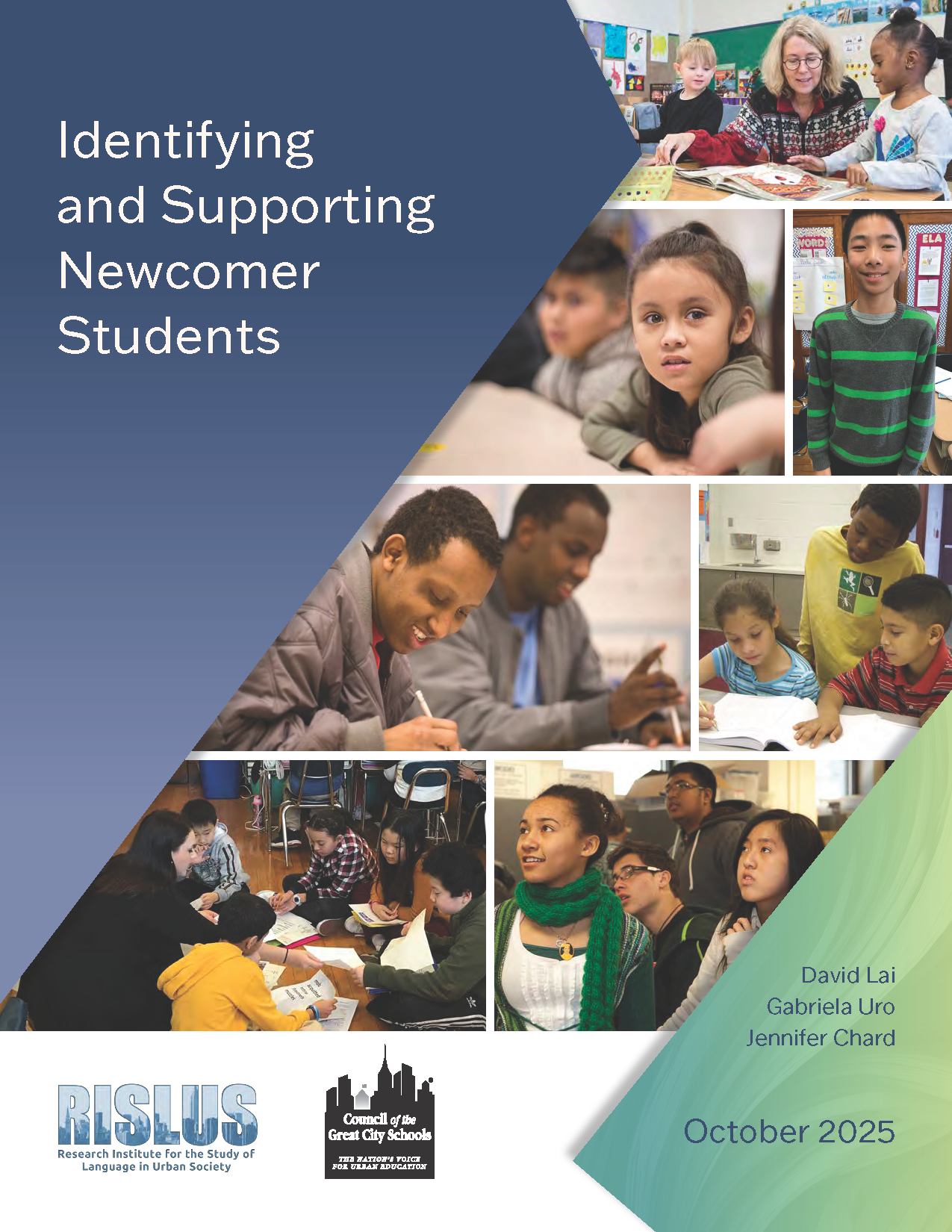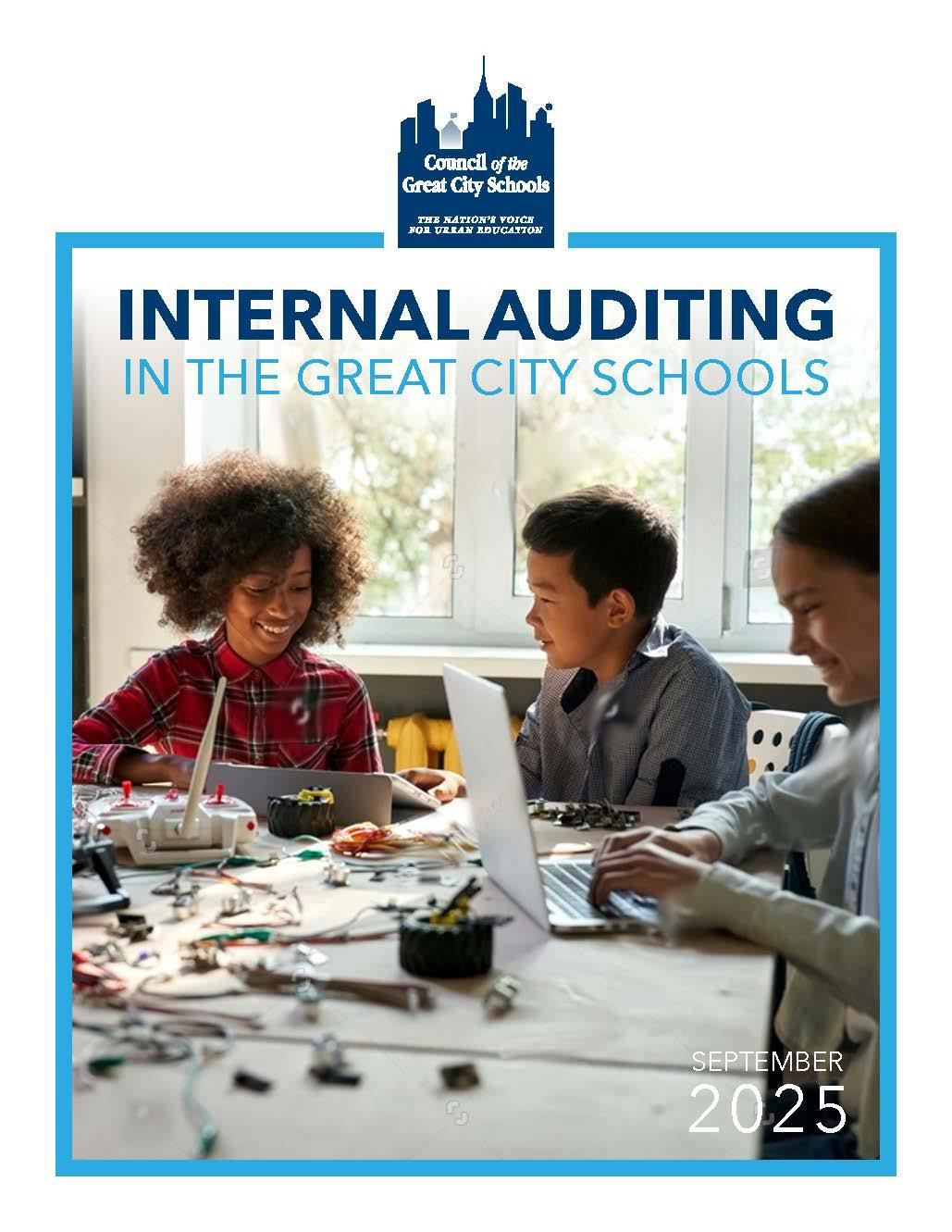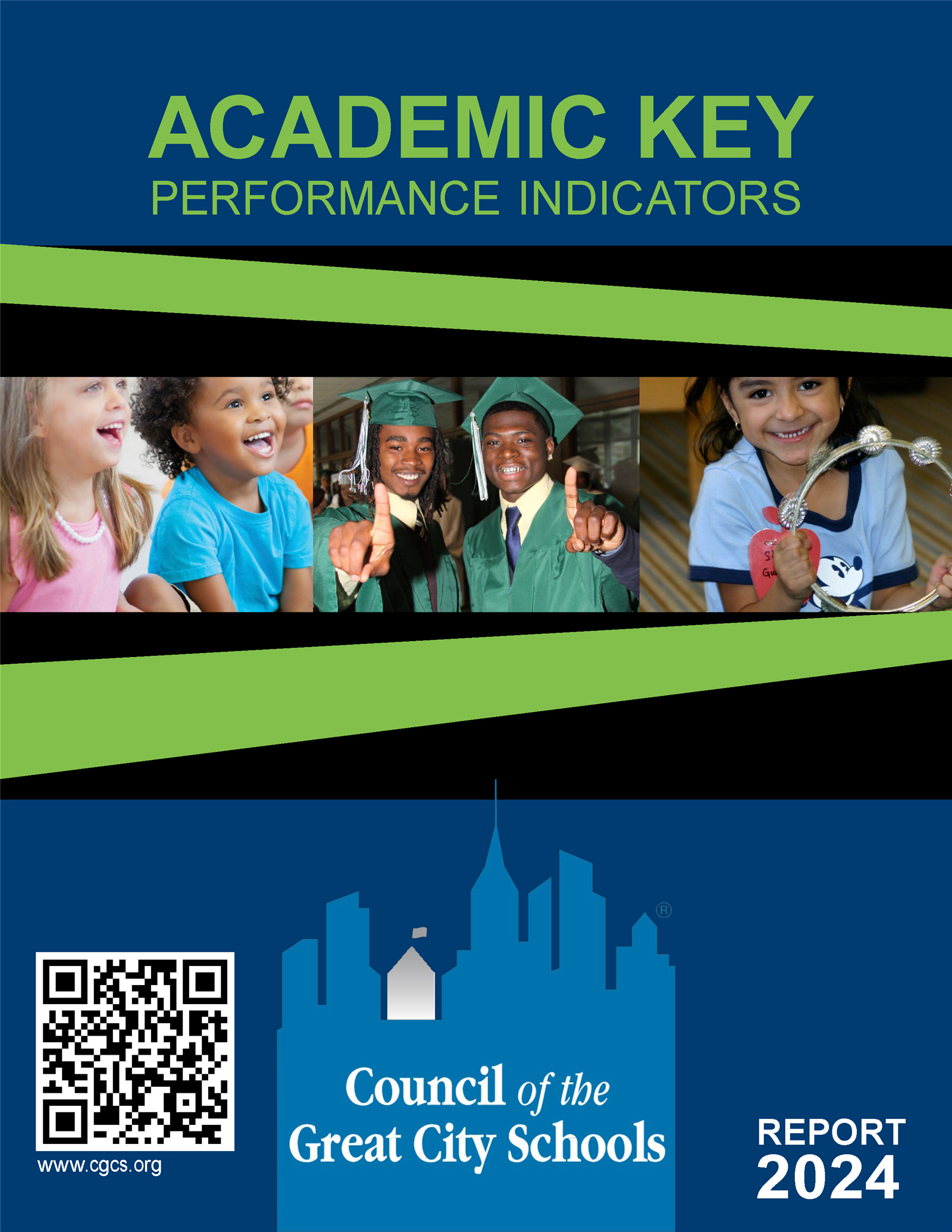- Council of the Great City Schools
- Council Releases Reports Highlighting the Value of NAEP and Supporting Newcomer Students
Digital Urban Educator - October 2025
Page Navigation
- Town Hall to Tackle How Urban Schools Can Improve Student Outcomes Amid Challenges
- Who Will be Named the 2025 Urban Educator of the Year?
- Winston-Salem Welcomes New Superintendent; Palm Beach Leader Earns Perfect Evaluation
- Toledo Aims to Transform Education Through New Community-Focused Campus
- Council Releases Reports Highlighting the Value of NAEP and Supporting Newcomer Students
- Public Education Matters: Detroit Expands Role of Counselors to Support Student Mental Well-Being
Council Releases Reports Highlighting the Value of NAEP and Supporting Newcomer Students
-
Two timely reports, one on the National Assessment of Educational Progress (NAEP) and the other on identifying and supporting newcomer students, are now available from the Council of the Great City Schools at: https://www.cgcs.org/publications.

In addition, two more reports are newly published. One looks at key academic performance indicators; the other is a document on district internal audits.
The report looking at NAEP, NAEP’s Hidden Power: Understanding Achievement at the Intersections, offers a multilayered analysis of the National Assessment of Educational Progress.
The Council’s Director of Research Akisha Osei Sarfo, who authored the report, describes NAEP as “the only national assessment that allows us to examine what students know and how they perform at key intersections (e.g., SES and race/ethnicity or language and disability). Studying NAEP can reveal what works, where gaps persist, and how specific student groups experience school systems.”
According to Sarfo, “NAEP should be prioritized as a central part of the nation’s education infrastructure as its ability to provide intersectional analyses of national student performance highlights critical differences often hidden in aggregate group-level data. What we can see at the intersections can be targeted and improved.”
The report notes that urban districts “often come under scrutiny and are unfairly judged for not meeting or exceeding national benchmarks.” But, a deeper examination of specific student group performance “often tells a different, more encouraging, story of growth, achievement, and progress.”
Coauthors are Council Executive Director Ray Hart, strategic adviser Michael Casserly, and research managers Chester Holland and Brian Garcia.
Also being released is the report Identifying and Supporting Newcomer Students, which focuses on bolstering meaningful support to newcomers and Students with Limited or Interrupted Formal Education (SLIFE), who have experienced interruptions in their formal education due to factors such as displacement, conflict, or unstable living conditions.

The Council, in partnership with the Research Institute for the Study of Language in Urban Society at CUNY, developed this document to support districts in how to define and identify newcomer students; what educational and language background information is needed for educational decision-making; how to obtain the needed information; and how to use the obtained information to inform program and instructional placement, as well as wraparound supports.
The report can also assist districts in evaluating their data collection methods and determining if their current systems remain effective in providing accurate and actionable information to support newcomer students.

Identifying and Supporting Newcomer Students was developed as a result of a 2021 survey on newcomers in the Great City Schools, which revealed a wide array of practices implemented by districts to designate students as newcomers. The Council’s Task Force on English Learners and Bilingual Education then recommended developing guidance for Council member districts to understand the educational experience and knowledge that newly arrived students and newcomers possess for programming and placement decisions.
Another report is the new Council white paper, Internal Auditing in Great City Schools. As stated in its introduction, the report is intended to “describe leading practices in internal auditing and demonstrate the value an internal audit function brings to a school district.”
The report identifies leading practices related to the chief audit executive, the audit committee, risk assessments, auditing standards, data analytics, continuous monitoring, quality assurance, and more.
The document is the work of a task force chaired by Andrew Medina, audit and ethics officer for Seattle Public Schools, and chief auditors for the Orange County (FL), Atlanta, Miami-Dade County, Jefferson County (Ky.), Cleveland, Portland, and Seattle schools. Willie Burroughs, the Council’s director of management services, was staff lead.

The fourth report, Academic Key Performance Indicators, 2025, assists urban school districts in comparing their academic growth with the progress of others. The report presents different ways that Council districts can use data to disaggregate results, show trends, and combine variables in analyzing academic performance in such areas as pre-K and kindergarten enrollment, algebra I completion rates, absentee rates by grade level, and Advanced Placement participation rates.
Media Contact:
Contact Name
Contact@email.com
(000) 000-0000
Contact Name
Contact@email.com
(000) 000-0000
Contact Name
Contact@email.com
(000) 000-0000
Media Contact:
Contact Name
Contact@email.com
(000) 000-0000
Contact Name
Contact@email.com
(000) 000-0000
Contact Name
Contact@email.com
(000) 000-0000


